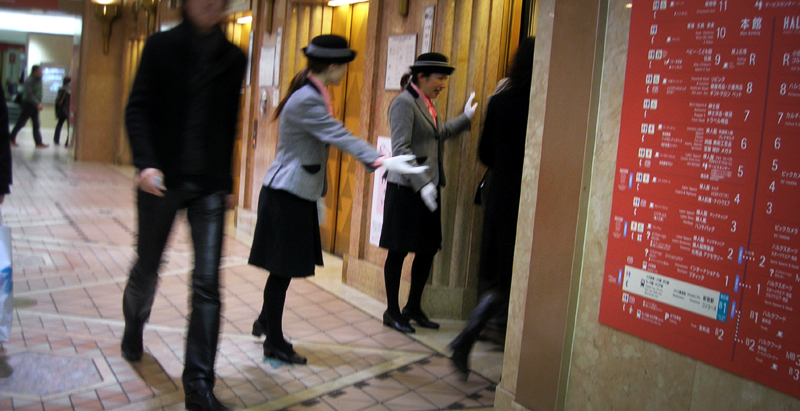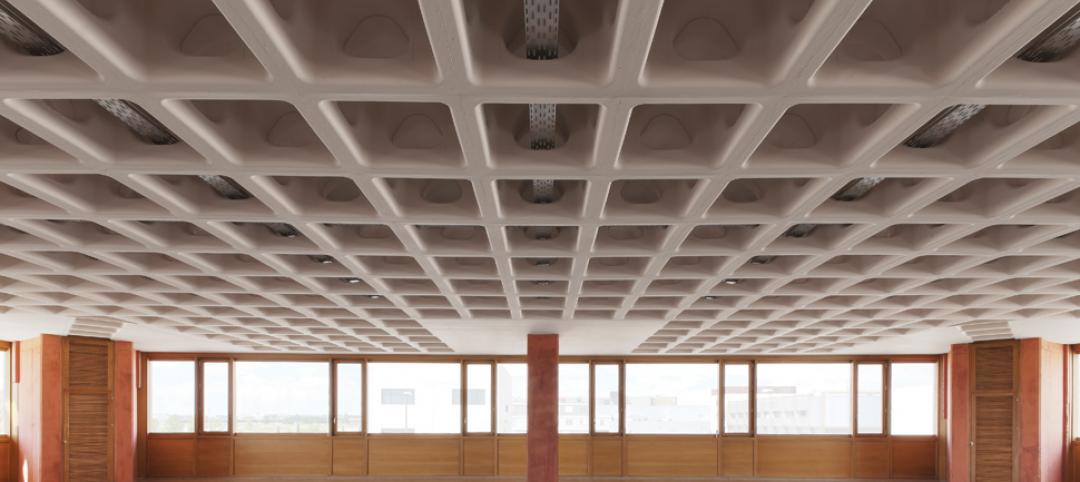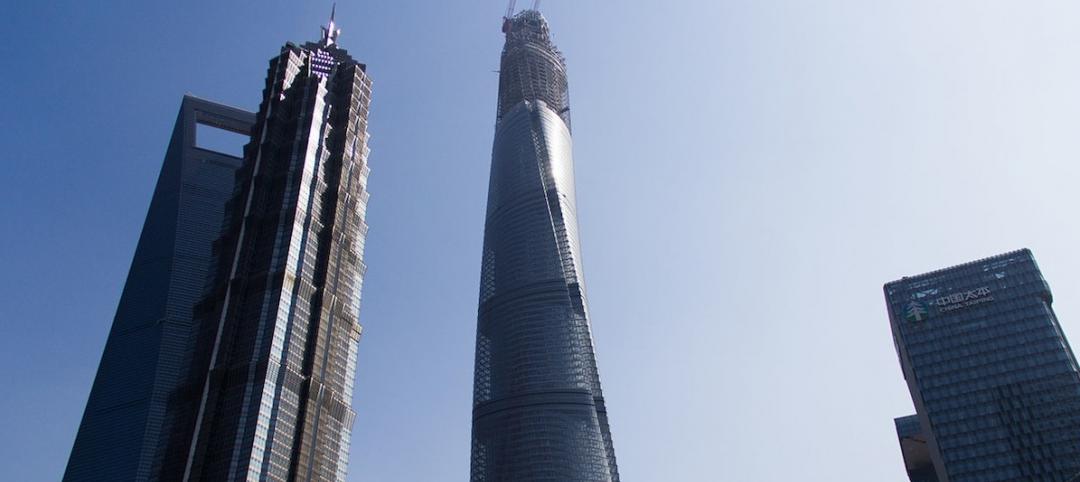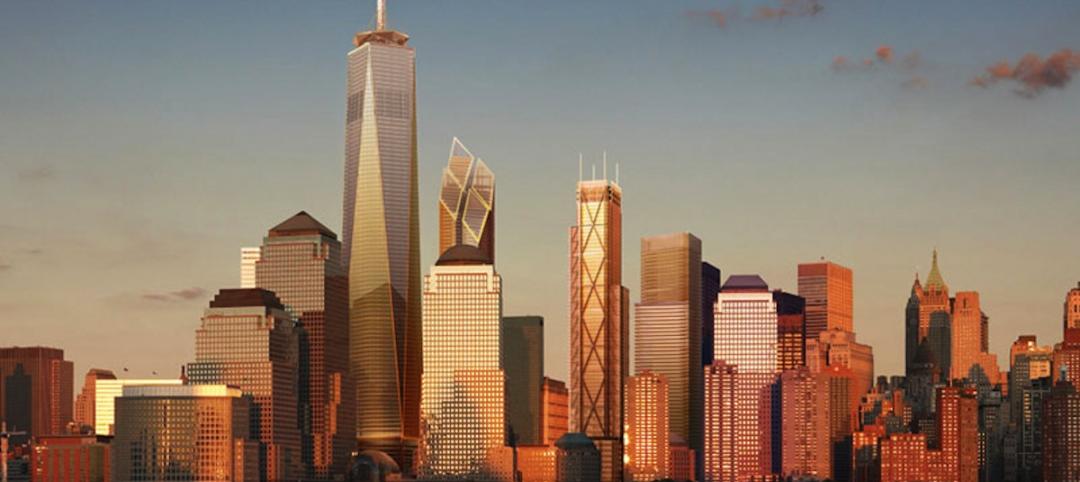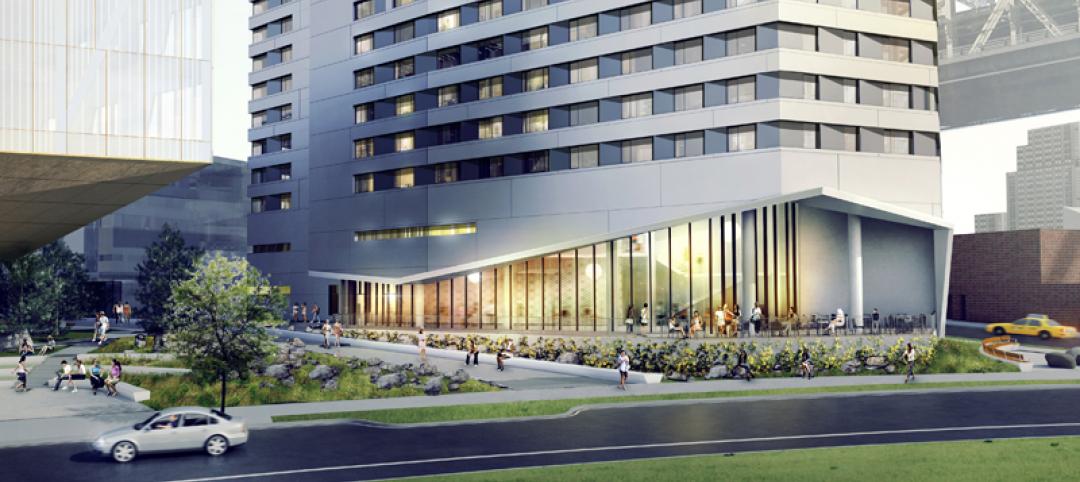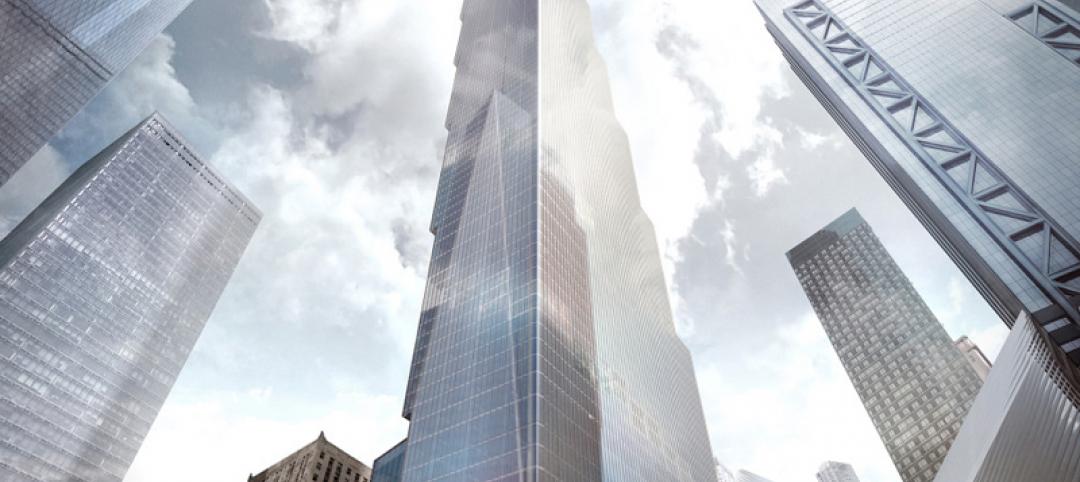Around 20% of the world’s earthquakes of magnitude six or greater occur in Japan. When the ground shakes, elevators tend to stop, and it can take hours until passengers can be rescued.
Mental Floss reports that policymakers in Japan are considering a new building code that would mandate plumbing and running water in every elevator. According to The Australian, the Japanese government estimates that up to 17,000 people will be stranded in elevators in Tokyo alone when “The Big One” strikes, referring to a huge quake seismologists are almost certain will hit Japan within the coming decades.
Currently, many Japanese high rises have included emergency boxes with bottled water and blankets in elevators, with the boxes doubling as makeshift chamber pots.
The building code’s discussion was first reported by The Japan Times, which says that the discussion was spurred by a magnitutde-8.1 earthquake that struck off the coast of Japan on May 30.
“The earthquake caused about 19,000 elevators to stop in the capital and neighboring prefectures,” the article says. “People were trapped temporarily in 14 elevators and it took 70 minutes to rescue them in one case, ministry and industry officials said.” No deaths were reported from the earthquake.
Related Stories
High-rise Construction | Jul 13, 2015
Herzog & de Meuron’s triangle tower stirs controversy in Paris
The 590-foot glass pyramid building will include a 120-room hotel, 754,000 sf of office space, and cultural facilities.
High-rise Construction | Jul 13, 2015
CTBUH honors top innovations in skyscraper design
The Holedeck coffer slab system is among the breakthrough technologies and projects recognized by the Council on Tall Buildings and Urban Habitat with Performance and Innovation Awards.
Multifamily Housing | Jul 9, 2015
Melbourne approves Beyoncé inspired skyscraper
The bootylicious tower is composed of 660 apartments and a 160-room hotel at the west end of Melbourne's business district.
High-rise Construction | Jul 7, 2015
Bjarke Ingels designs Frankfurt skyscraper with a surprise in the middle
Several levels in the center of the 185-meter tower are shifted outward to allow for terraces with city views.
High-rise Construction | Jul 5, 2015
ASHRAE releases design guide for skyscrapers
Tall buildings present unique and formidable challenges to architects and engineers because of their size, location in major urban areas, and multiple, complex occupancies, says Peter Simmonds, author of the guide.
High-rise Construction | Jun 23, 2015
The world's best new skyscrapers for 2015
One World Trade Center and Abu Dhabi's Burj Mohammed Bin Rashid Tower are among the four towers named Best Tall Buildings by the Council on Tall Buildings and Urban Habitat.
Office Buildings | Jun 17, 2015
Daniel Libeskind unveils 'talking towers' design for Rome development
The scheme will drastically change the Eternal City’s skyline: three angular towers that look like they’re “in conversation with one another.”
High-rise Construction | Jun 15, 2015
Cornell Tech breaks ground on world's first Passive House residential high-rise
To achieve Passive House standards, Cornell Tech Residential will incorporate a number of sustainability-focused design elements. The façade, constructed of a prefabricated metal panel system, acts as a thermally insulated blanket wrapping the building structure.
High-rise Construction | Jun 15, 2015
‘Stacked box’ skyscraper proposed for Vancouver
The scheme by German architect Ole Scheeren involves 48 stories with multiple volumes of rectangles protruding out of several floors toward different directions of the city.
Office Buildings | Jun 9, 2015
Bjarke Ingels unveils stepped design for final WTC tower
The towering "staircase" will rise from St. Paul’s chapel to the skyline, leaning against One World Trade Center.


